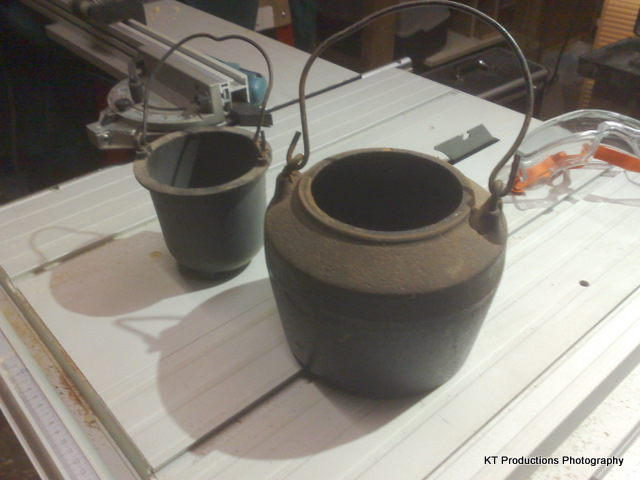I'd appreciate some advice from regular woodworkers please.
I'm planning to do some joinery using mainly 'Redwood' and am just about at the stage where I'm going to ruin some perfectly good lengths of timber by turning them into sawdust, as I learn the ropes (having read a lot). Eventually I will end up with several pieces that will need to be glued up and there I'm a bit flumoxed.
When I was doing woodwork all those years ago at school PVA was THE material to use, but now there appear to be for example, polyurethane adhesives, and expanding ones and brands named for Gorillas plus Titebond....and they come in indoor and outdoor varieties. Oh yes, I forgot Cascamite.
So which is the best one to use? For example on finger (box?) joints, dovetails, biscuited butt joints. Also joints on window sashes - are they scribed mortice joints or doweled?
Thanks.
I'm planning to do some joinery using mainly 'Redwood' and am just about at the stage where I'm going to ruin some perfectly good lengths of timber by turning them into sawdust, as I learn the ropes (having read a lot). Eventually I will end up with several pieces that will need to be glued up and there I'm a bit flumoxed.
When I was doing woodwork all those years ago at school PVA was THE material to use, but now there appear to be for example, polyurethane adhesives, and expanding ones and brands named for Gorillas plus Titebond....and they come in indoor and outdoor varieties. Oh yes, I forgot Cascamite.
So which is the best one to use? For example on finger (box?) joints, dovetails, biscuited butt joints. Also joints on window sashes - are they scribed mortice joints or doweled?
Thanks.

































